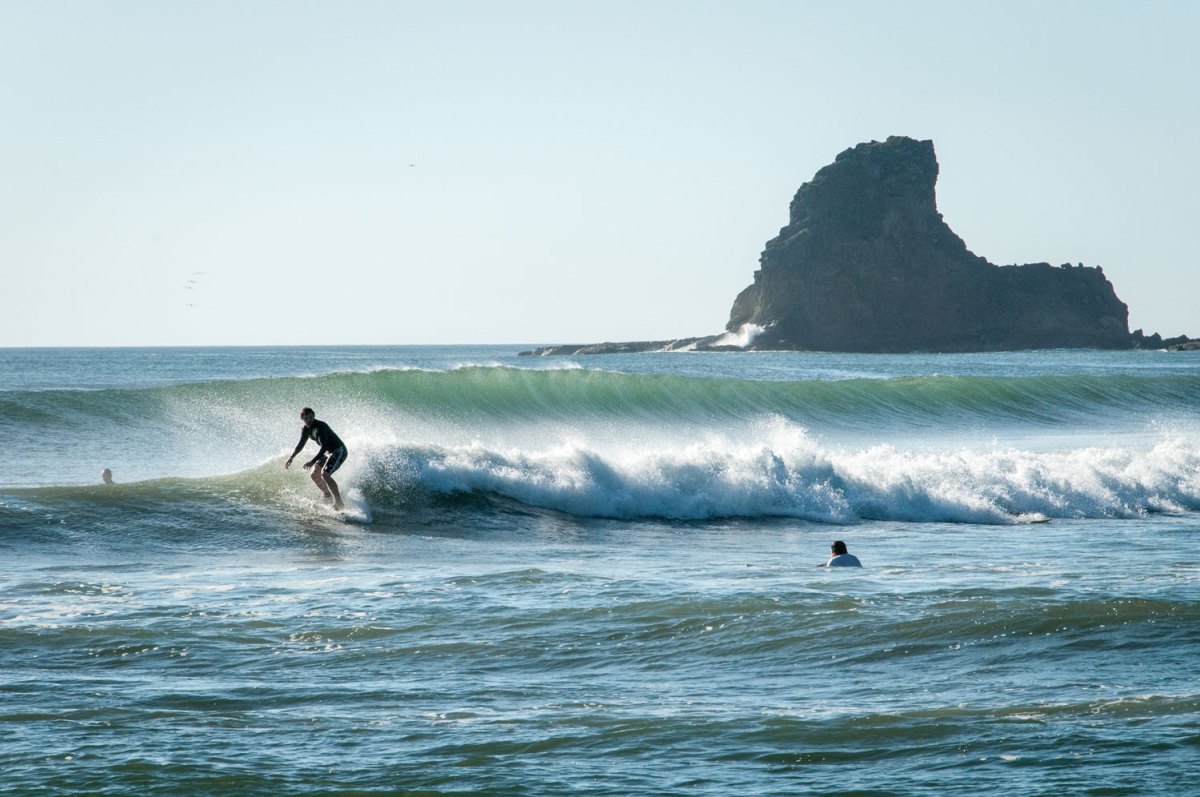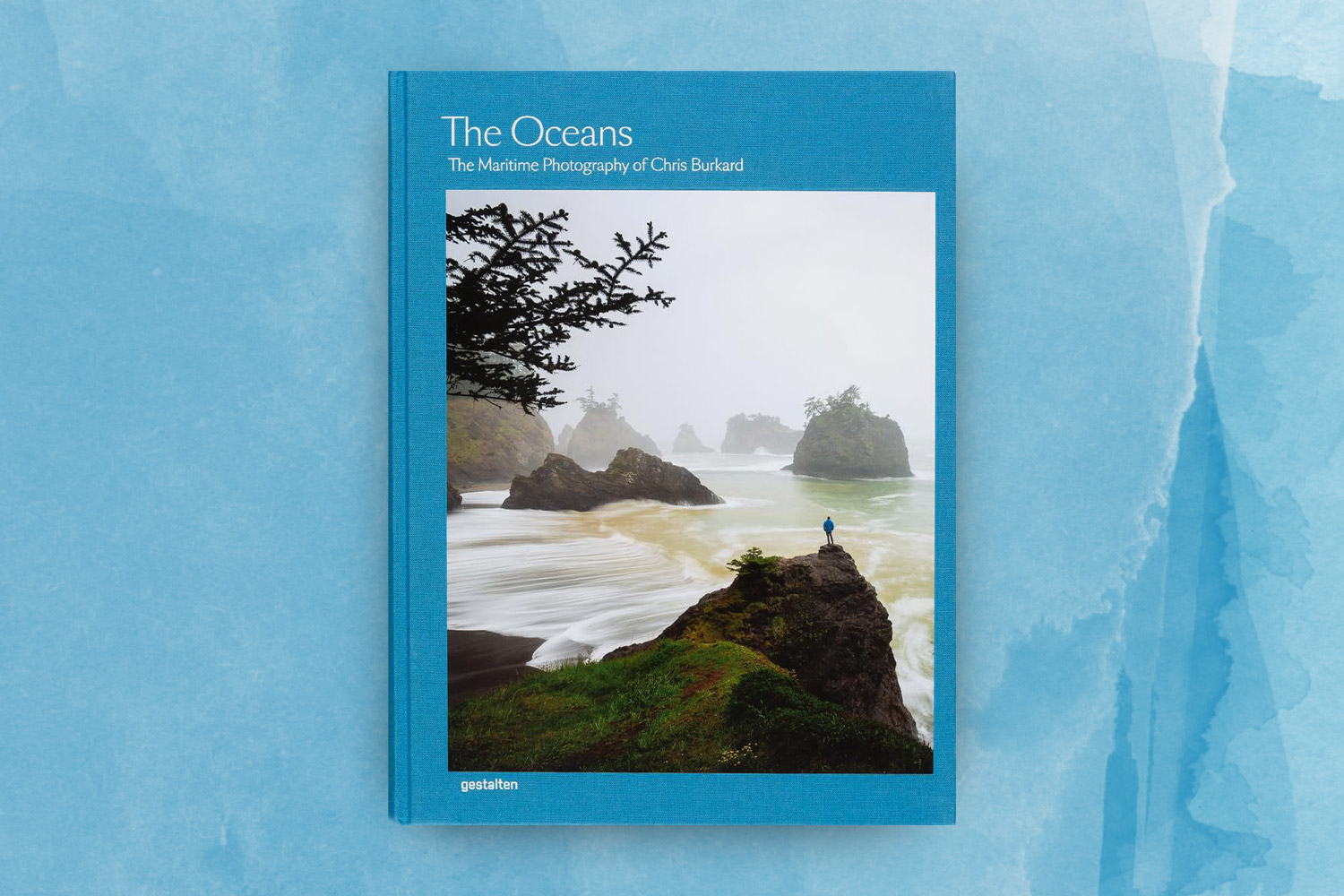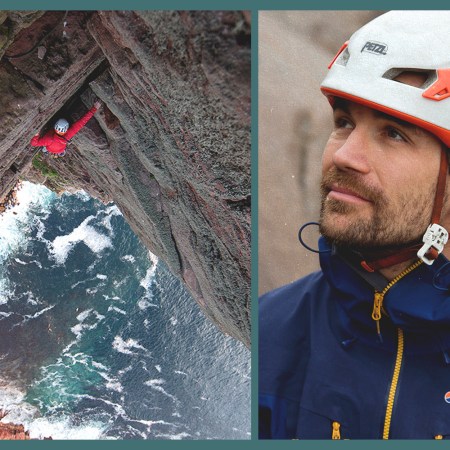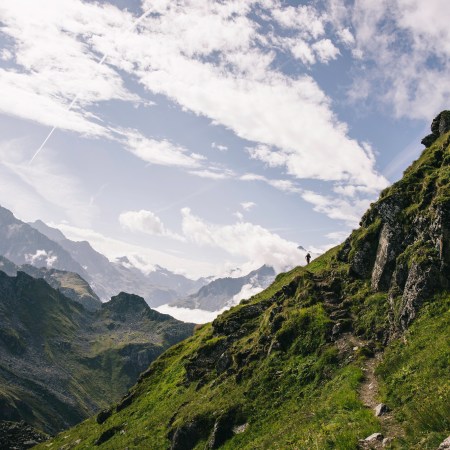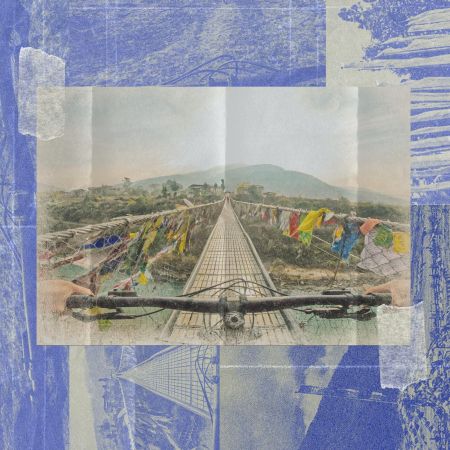If you’re a beginner surfer, chances are you think summer is the best time to grab a board and practice your pop-up. But contrary to the usual propaganda, some of the Northern Hemisphere’s best swells arrive in the colder months, during the dry season. That is, right now.
The winter is a great time for newcomers in particular to plan their very first surfing adventure. The waves are calm, the beaches are quiet and the trip is a welcome reprieve from Stateside frost. (With all due respect to wetsuit tech and artificial wave hydraulics, a warm and welcome ocean just hits different.)
So where should a neophyte go, anyway? How should they prepare for their trip? Is one week enough time to actually log any progress in the pursuit? To dispel some mystery — and the intimidation factor that tends to stop these plans in their tracks — we caught up with an expert: Silene Vega Delgado, one of the founders of Costa Rica’s Kalon Surf.
The all-inclusive surf resort is on the country’s Pacific coastline, and specializes in helping beginners, offering Saturday-to-Saturday stays and operating an “open kitchen,” where proud chefs serve food canteen-style. According to Delgado, instructors spend enough time with guests that they can’t help but get excited when a newbie finally catches a wave. And it doesn’t take as long as you might think.
Below, Delgado answers our burning questions about surfing as a beginner, from the common mistakes she sees to the difference in surfing the Pacific versus the Caribbean.
InsideHook: Can you explain why the “dry season” is well-suited for beginners looking to catch their first waves?
Silene Vega Delgado: During the dry season, we typically have smaller swells coming in, which makes it a little bit calmer in general. It’s great for people who are just learning how to surf. It makes it easier to handle yourself with the board as a beginner. In general, the dry season is a very similar condition to other seasons [down here] because we have very consistent and persistent waves throughout the year. But there’s more whitewater this time of year, so it’s typically easier to teach beginners, thanks to the calmness. This typically lasts from November to the end of April, or the beginning of May, depending on the year.
What are some common mistakes you see beginner surfers make?
The most common mistake is they underestimate what surfing takes and misunderstand how physical it is — you have to use different types of muscles than you’re used to. It’s important to have those fundamental steps: to actually be able to stand on the board properly without hurting yourself, and to also have the proper guidance that will actually build up consistency. This will allow you to know how to handle the whitewater and to figure out how to best stand on the board. Eventually, with these skills, the surfer will be able to properly handle green waves. [Ed. note: Green waves are larger, unbroken waves that you work up to after riding the foam.]
See the 7 Seas Through a Surf Photographer’s Lens
Chris Burkard shares some shots from his new book “The Oceans: The Maritime Photography of Chris Burkard”How long before they get the hang of it?
In the first session, we get beginners to pop up on the board. We then further improve their pop-up, teach them to turn, how to break, etc. We typically start surf lessons on a Sunday — these guests will be able to surf well on their own by Thursday and Friday of that week, which are the last two days of the surf lessons.
We get them to go to the green waves and actually have that experience to be able to get waves and paddle on their own. We take photos and videos for the guests on those last two days of them riding the waves, which is always a fantastic feeling for our guests. That is what they came for and they were able to accomplish it. So if you want to try surfing, do it with the proper instructions so that you can be successful and surf safely. Our sessions are three to four hours per day. We have five sessions during the week.
What sort of toll does learning to surf take on the body?
It’s very demanding. We program recovery days so guests can take a breather and let their body feel rested — that’s why we offer yoga classes on our property three times a week. It’s important for guests to balance their core, so it’ll be strong enough when surfing. You’re using muscles that you potentially haven’t used in other sports, so stretching is a key element for success. On the day off, we’ll also schedule a massage to help with recovery as well.
How does surfing in the Pacific differ from other bodies of water?
The Pacific is more consistent and has year-round waves, whereas the Caribbean is more seasonal. There are also more and different types of breaks on the Pacific. The beach break is the one that we use for surfing. You also have point breaks, where all the waves are going to be in the same direction because there’s a rock or something at the bottom of the sea that affects the way the waves break. There are also reef breaks.
Regardless of which ocean you’re surfing in, the location in the world is going to impact the surfing in that specific water. If you are surfing in Costa Rica on the northern part of the Pacific coast, that is going to be different from the southern part of the Pacific coast. It basically just takes a little bit of adjustment. Once you have a good and consistent understanding of surfing, you can adjust and understand when you have offshore wind or you have other conditions that will make the wave break either quicker or slower and you need to adjust your paddle to it.
What are the conditions at Kalon Surf?
We surf at a beach break. This means the bottom of the sea is in sand, which means if you fall you don’t have anything to worry about. You’re not going to hit something hard. That’s good for beginners, but it’s also great for more advanced surfers, who have wipeouts. Plus, we don’t have as much of the offshore wind. So the wind doesn’t affect either your paddling or your vision. When there’s a lot of wind, you can have a lot of water splashing onto your face as you’re paddling for a wave; and you need to put a lot of weight on the front of the board to be able to make the drop. In our case, this lack of wind is one of the advantages. It’s because we have the mountains very close to the ocean.
Also, our beaches aren’t crowded. It’s usually just our guests and surf instructors in the water — maybe a couple more surfers around. If you’re a beginner, intermediate or advanced, you can get as many waves as you want because you don’t have to fight for them. I think that exemplifies the luxury Kalon Surf that offers guests: we have this beautiful place and it’s basically for us.
Whether you’re looking to get into shape, or just get out of a funk, The Charge has got you covered. Sign up for our new wellness newsletter today.
